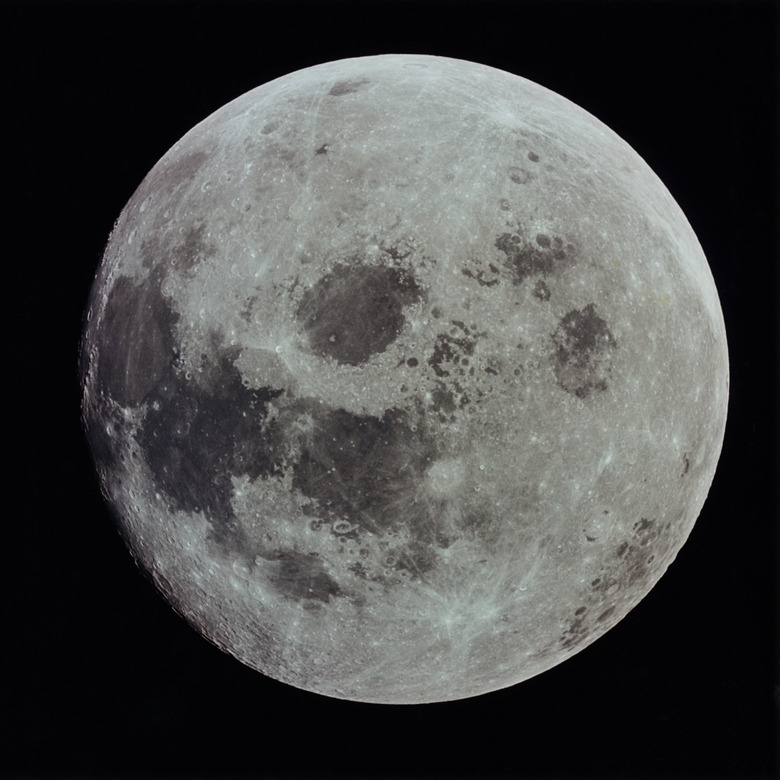Mnemonic Devices For Remembering The Phases Of The Moon
Understanding the phases of the moon means you will be able to tell whether it is moving toward a full moon or away from one. The moon takes 27.3 days to orbit the Earth, and its position in relation to us and the sun determines how much of the moon we see. This phenomenon causes what are commonly referred to as the "phases" of the moon. Eight different lunar phases exist: the new moon, waxing crescent moon, the first quarter moon, waxing gibbous, full moon, waning gibbous, third quarter moon and the waning crescent.
DOC
DOC
The most common mnemonic used to remember the phases of the moon is "DOC," which switches to "COD" if you are in the southern hemisphere. This can be used to understand which part of the moon is lit up at different stages in the lunar cycle. The "D" has an arch to the right and finished with a straight line to the left. This means that when the right-hand side of the moon is illuminated, the lunar cycle is just beginning. The "O" represents the full moon, and the "C" represents the end of the cycle, the waning (fading) crescent moon. In the southern hemisphere, this is reversed to account for the difference in appearance of the moon.
Crescent and Gibbous
Crescent and Gibbous
The crescent moon is crescent in shape, like a "C." The moon goes into a crescent shape at two points during its cycle, both just before and just after the new moon. As the mnemonic tells you, the crescent on the right hand side means that the new moon has passed, and on the left it means that the new moon is coming. A gibbous moon is an almost complete moon, with a crescent of darkness covering one side of the moon. The gibbous moon's light portion is slightly egg-shaped, and the gibbous moon comes on either side of the full moon. Again, the mnemonic tells you whether the gibbous moon is before or after the full moon.
Waxing and Waning
Waxing and Waning
Identify a waxing moon by understanding the "D" part of the mnemonic. The "waxing" moon is the one leading from the new moon to the full moon, represented by the letter "D" in the mnemonic, and the light is on the right-hand side of the moon. "Waning" is the reverse of this, meaning the moon is going from full moon to new moon, and the light is on the left hand side of the face. This is represented by the "C" portion of the mnemonic.
Full and New Moon
Full and New Moon
The full moon is when the entire face of the moon is illuminated by light from the sun. The new moon is the exact opposite of this; when the moon's face is entirely in darkness. The full moon is represented by the "O" portion of the mnemonic, and separates the waxing and waning phases of the moon.
Cite This Article
MLA
Johnson, Lee. "Mnemonic Devices For Remembering The Phases Of The Moon" sciencing.com, https://www.sciencing.com/mnemonic-devices-remembering-phases-moon-10001440/. 24 April 2017.
APA
Johnson, Lee. (2017, April 24). Mnemonic Devices For Remembering The Phases Of The Moon. sciencing.com. Retrieved from https://www.sciencing.com/mnemonic-devices-remembering-phases-moon-10001440/
Chicago
Johnson, Lee. Mnemonic Devices For Remembering The Phases Of The Moon last modified March 24, 2022. https://www.sciencing.com/mnemonic-devices-remembering-phases-moon-10001440/
